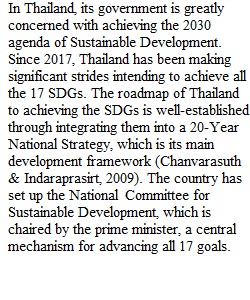


Q Instructions Submit your assignment here. Make sure you’ve included all the required elements by reviewing the requirements and rubric. Overview As globalization has become increasingly common, so has the importance of analyzing opportunities to create value through outsourcing the supply chain. In this assignment, you will create a checklist to help determine which country might be the best location for parts of your organization’s supply chain. Scenario You are a consultant who specializes in helping U.S.-based businesses expand into new international locations. You have a new client who’s looking to outsource their company’s manufacturing of hard drives and computer memory, and it’s your job to assist in selecting the new locations. The company is very focused on quality, sustainability, and equality, and your client would like these attributes upheld in the new manufacturing locations. Your task is to evaluate two of the following countries: • India • Mexico • Thailand Then, recommend one country you believe would be the most suitable for the company’s new manufacturing facility, and one country that would be considered the least suitable. Prompt Evaluate both countries being considered for a new manufacturing facility through exploration of course and outside resources. Then, recommend the most and least suitable location based on the company’s attributes and requirements. Specifically, you must address the following rubric criteria: • Sustainability Measures and Environmental Regulation: Briefly describe sustainability measures and regulations in each country, and analyze how they may work well with or create conflict or tension with your U.S.-based company. o Examples of items to consider include regulations around pollution, waster, and power sources. • Cost and Workforce: Briefly describe each country’s workforce for the creation of computer components and the cost of that labor. o Examples of items to consider include workforce education levels, the overall cost of labor, types of manufacturing available in the country, and the existence of a specialized workforce that can create computer components. • Government Regulation: Briefly describe the overall regulatory environment of each country. Take the most likely mode of entry into consideration for each country. o Examples of items to consider include the types of manufacturing operations allowed in the country, the labor regulations, and the overall business regulations. • Intellectual Property: Briefly describe the risk of intellectual property being stolen by creating a manufacturing location in each country. o Examples of items to consider include each country’s reputation when it comes to intellectual property, intellectual property regulations, and any other legal protections for intellectual property. • Reputation: Briefly describe the ways an organization can face reputational risk through outsourcing its manufacturing to each country. o Examples of items to consider include if and why other organizations have closed manufacturing locations in each country, how your organization’s customer base will view manufacturing in each country, and the protections each country provides to its workforce and the environment. • Recommendations: Based on your evaluations of the key attributes and requirements, recommend one country that is the most suitable location for your client’s new manufacturing facility, and one country that would be the least suitable location. Justify your recommendations with evidence from your evaluations and the course resources. Guidelines for Submission Submit this assignment as a 500- to 750-word Word document. Sources should be cited according to APA style.
View Related Questions